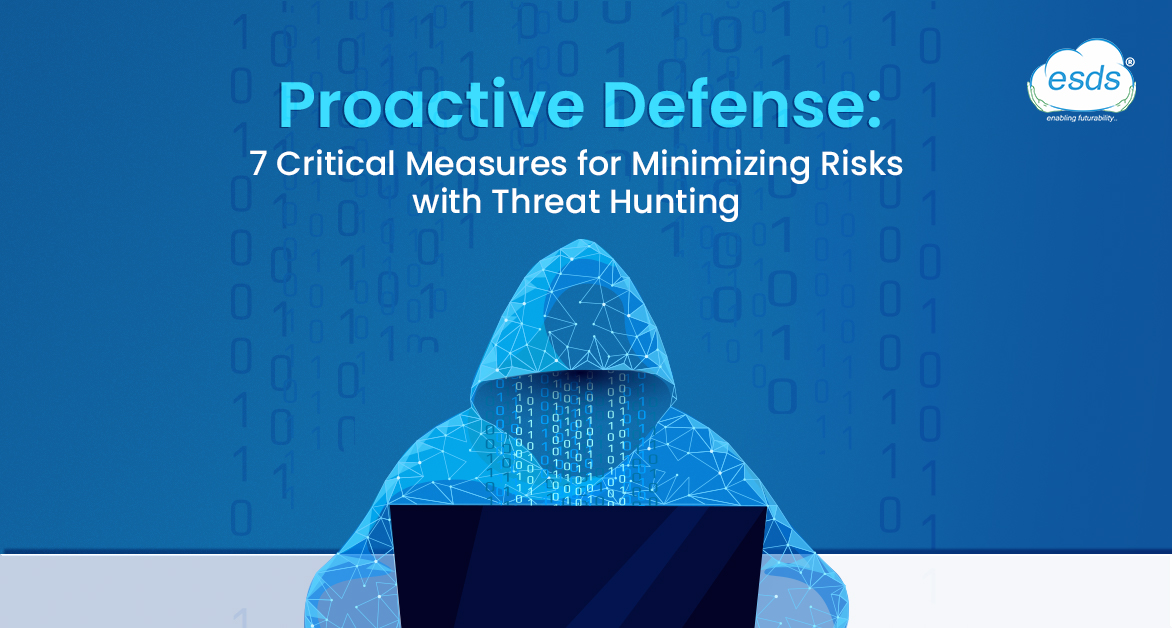
Threat hunting is the process of aggressively searching for malware or intruders on your network. Since visibility into an organization’s network, endpoint, and application activities can all be signs of an attack, using a security information and event management (SIEM) system to conduct threat hunting is the widely acknowledged method.
SIEM solutions gather log data from a variety of sources, such as servers, firewalls, security programmes, antivirus (AV), and more, centrally. The security mindset of assuming compromise enables security organizations to develop and address the growing number of threats in today’s environment.
Threat hunting is more crucial than ever as hackers develop and discover new ways to access organizations’ internal IT systems.
About 80% of threats can be stopped by the majority of security technologies, yet 20% still go unreported. These lingering dangers are probably much more capable of wreaking havoc. This problem highlights the importance of automated threat hunting because it drastically shortens the time between intrusion and detection.
Every threat search should begin with a threat-hunting hypothesis, which is a claim about a strategy or method that applies to your company. The hypothesis should be testable and capable of yielding either a true or false conclusion. Use these seven sorts of hunts to find suspicious irregularities suggestive of threat activity once a threat-hunting hypothesis is prepared:

1. Spotting Doubtful Software
Malware that has been installed locally is used by attackers for a number of objectives, including data exfiltration, automation, control, and persistence. However, in order for an attacker to utilize malware, it needs to be running on the endpoint as a process. In order to identify potential attacks, you might look for software that is running on endpoints that is odd.